Should You Separate Houseplants – When And How To Quarantine A Houseplant
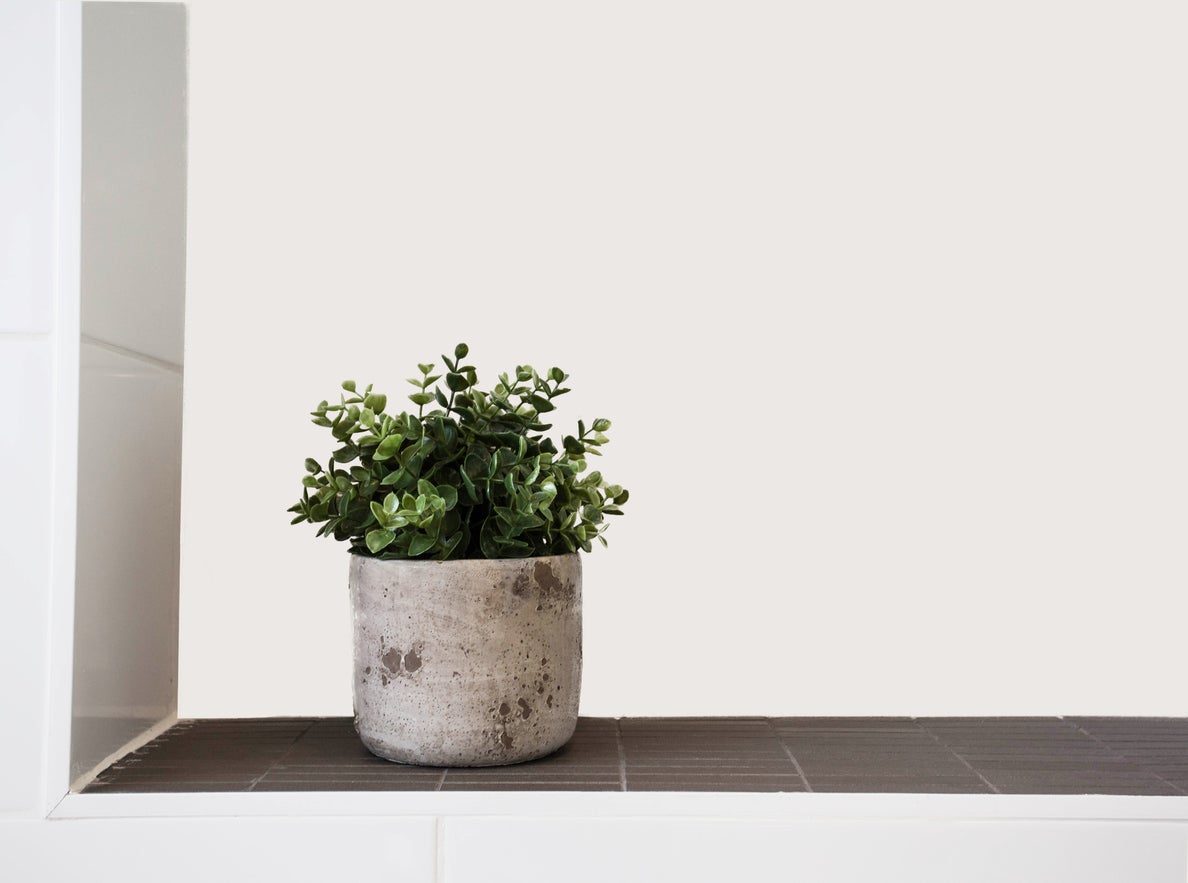
What does it mean when you hear you should be quarantining new houseplants? The word quarantine comes from the Italian word “quarantina,” which means forty days. By quarantining your new houseplants for 40 days, you minimize the risk of spreading pests and diseases to your other plants.
When to Quarantine Houseplants
There are a few cases where you should keep houseplants separate and quarantine them:
- Anytime you are bringing home a new plant from a nursery
- Anytime you bring your houseplants inside after being outdoors during warm weather
- Anytime you spot pests or disease on your current houseplants
If you separate houseplants by quarantining them, you will save yourself a lot of work and headaches in the future.
How to Quarantine a Houseplant
Before you actually quarantine a plant, you can take some preventative measures to help prevent the spread of pests and disease:
- Thoroughly inspect all parts of the plant, including the undersides of leaves, leaf axils, stems, and soil, for any signs of pests or disease.
- Spray your plant down lightly with soapy water or an insecticidal soap.
- Take your plant out of the pot and inspect for any pests, diseases, or anything unusual. Then repot using a sterilized soil.
At this point, you can quarantine your plants. You should place your new plant in a separate room, away from any other plants for a period of about 40 days or so. Make sure that the room you choose does not have plants in it. This will help minimize the spread of pests and diseases.
If this is not possible, you can quarantine and separate houseplants by placing them in a plastic bag. Make sure it is a transparent plastic bag and keep it out of the direct sun so you don’t cook your plants.
When You are Done Quarantining Your Houseplants
After the quarantine period is over, re-inspect your houseplants as previously described. If you follow this procedure, you will greatly minimize the occurrence of pests like spider mites, mealybugs, thrips, scale, fungus gnats, and other pests. You will also have gone a long way to minimize diseases such as powdery mildew and others.
Gardening tips, videos, info and more delivered right to your inbox!
Sign up for the Gardening Know How newsletter today and receive a free copy of our e-book "How to Grow Delicious Tomatoes".
As a last resort, if you do have a pest problem, you can first try safer methods of pest control such as insecticidal soaps and horticultural oil. There are even systemic houseplant insecticides that are harmless to the plant but will help with pests such as scale and aphids. Gnatrol is a good, safer product for fungus gnats.
-
 Looking For Plants To Give You The Soft And Fuzzies? Try These 5 Fuzzy Leaf Plant Options
Looking For Plants To Give You The Soft And Fuzzies? Try These 5 Fuzzy Leaf Plant OptionsLovers of texture, drama, silver foliage and tactile plants will adore these special sensory garden additions. These fuzzy leaf plant options will leave you all aglow
By Susan Albert
-
 Get Ready For A Summer Of Hummers! Grow These Full Sun Hummingbird Plants and Flowers
Get Ready For A Summer Of Hummers! Grow These Full Sun Hummingbird Plants and FlowersIf you’re lucky enough to enjoy a sunny backyard, make sure you are maxing out on your pollinator opportunities and grow these full sun hummingbird plants and flowers
By Tonya Barnett
-
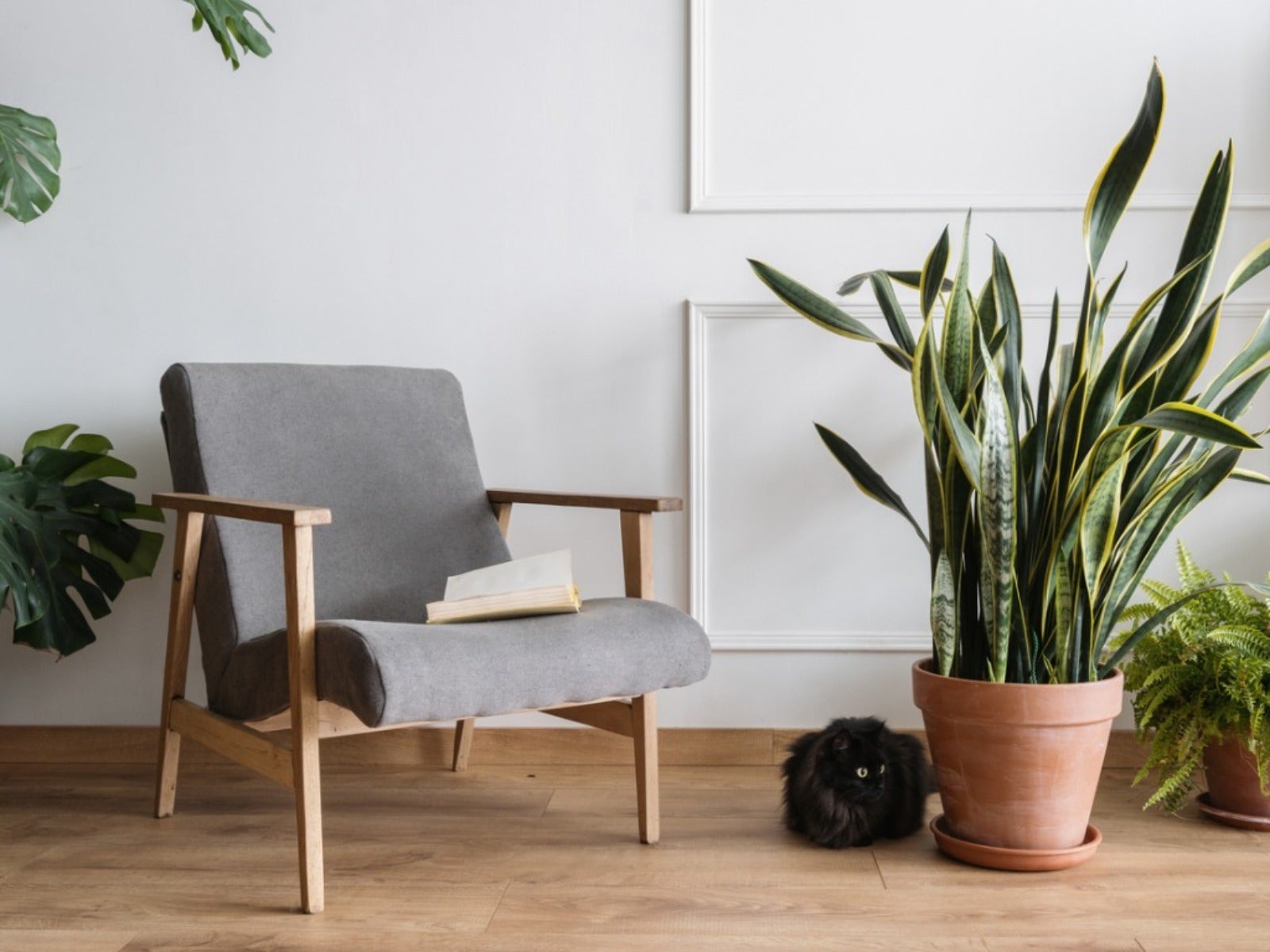 8 Easy Care Houseplants That Live A Long Time
8 Easy Care Houseplants That Live A Long TimeClick here to learn about our 8 favorite low maintenance houseplants that can, with proper care, live a long time.
By Amy Grant
-
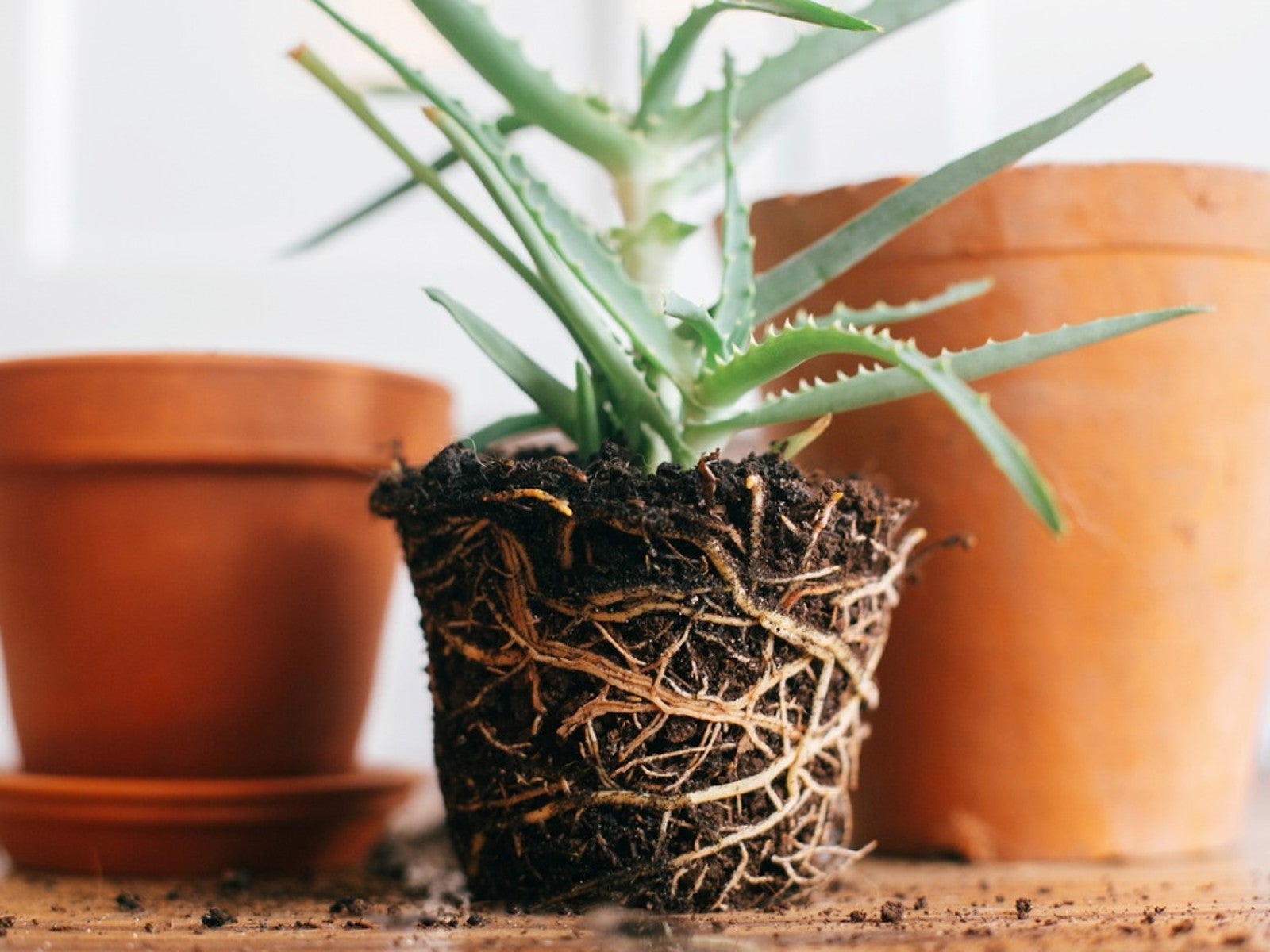 How Often Should You Repot Plants?
How Often Should You Repot Plants?Escaping roots and shrinking leaves may mean your plant wants a new pot, but some like staying cramped and cozy.
By Mary Ellen Ellis
-
 Orange Flowering Houseplant Varieties With Tropical Flair
Orange Flowering Houseplant Varieties With Tropical FlairClick here to learn about some cheerful orange-blooming houseplants you can try growing.
By Mary Ellen Ellis
-
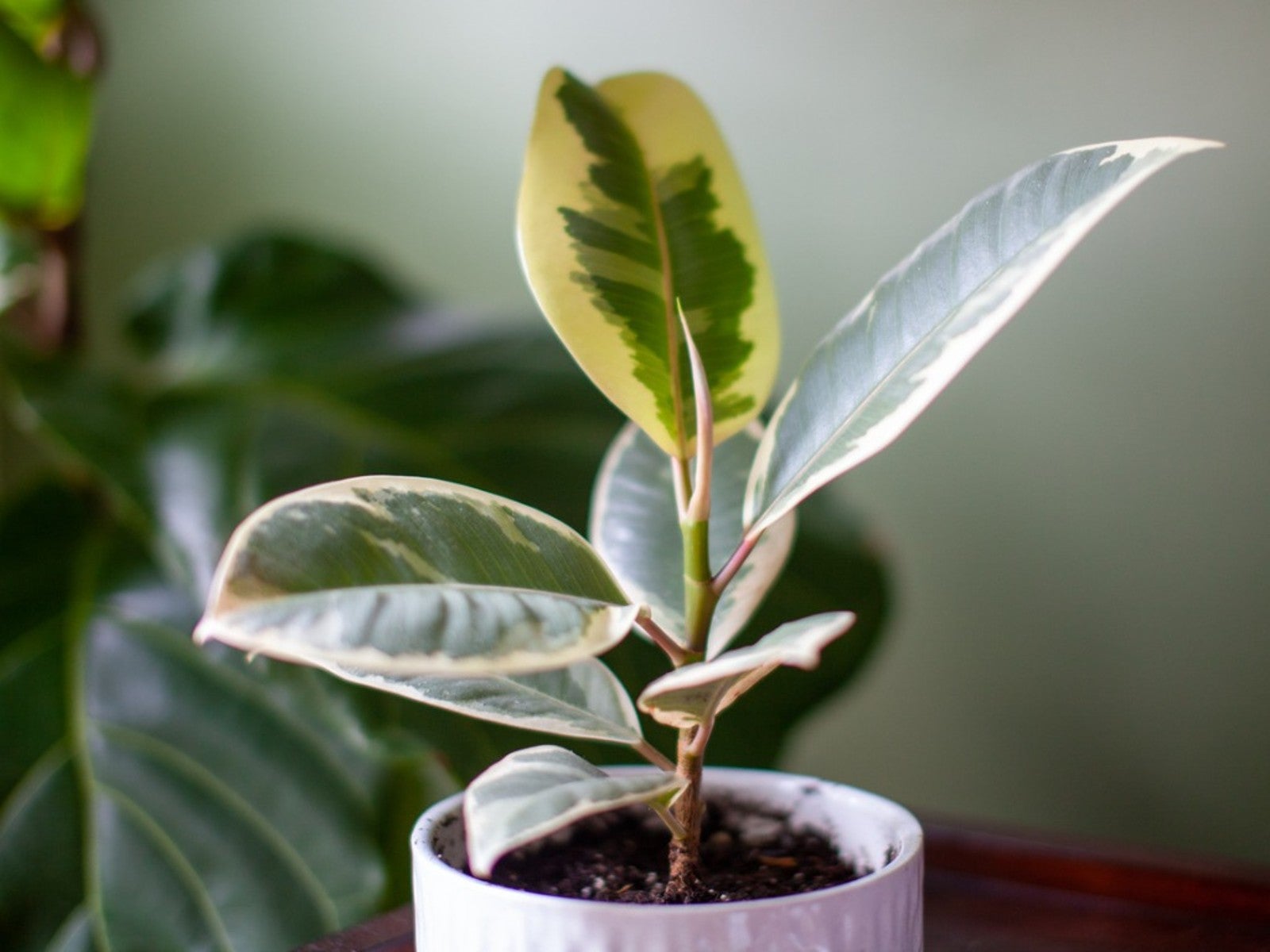 Variegated Houseplants With Lovely Leaves
Variegated Houseplants With Lovely LeavesWhat are some of the best variegated houseplants to add to your collection? Click here to find out.
By Amy Grant
-
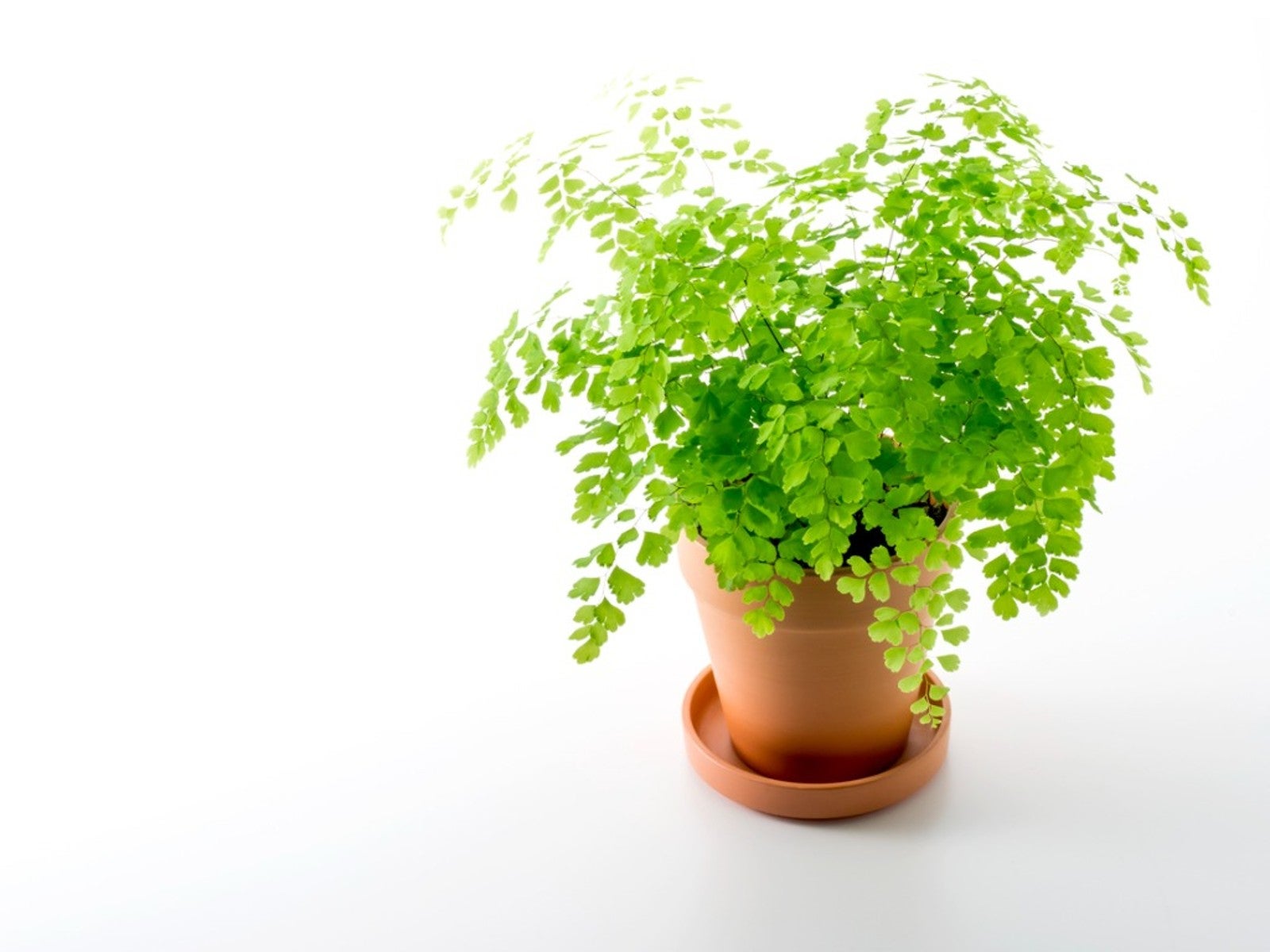 Lovely, Lacy Indoor Foliage Plants
Lovely, Lacy Indoor Foliage PlantsClick here to learn about some houseplants with lacy foliage to add to your collection.
By Mary Ellen Ellis
-
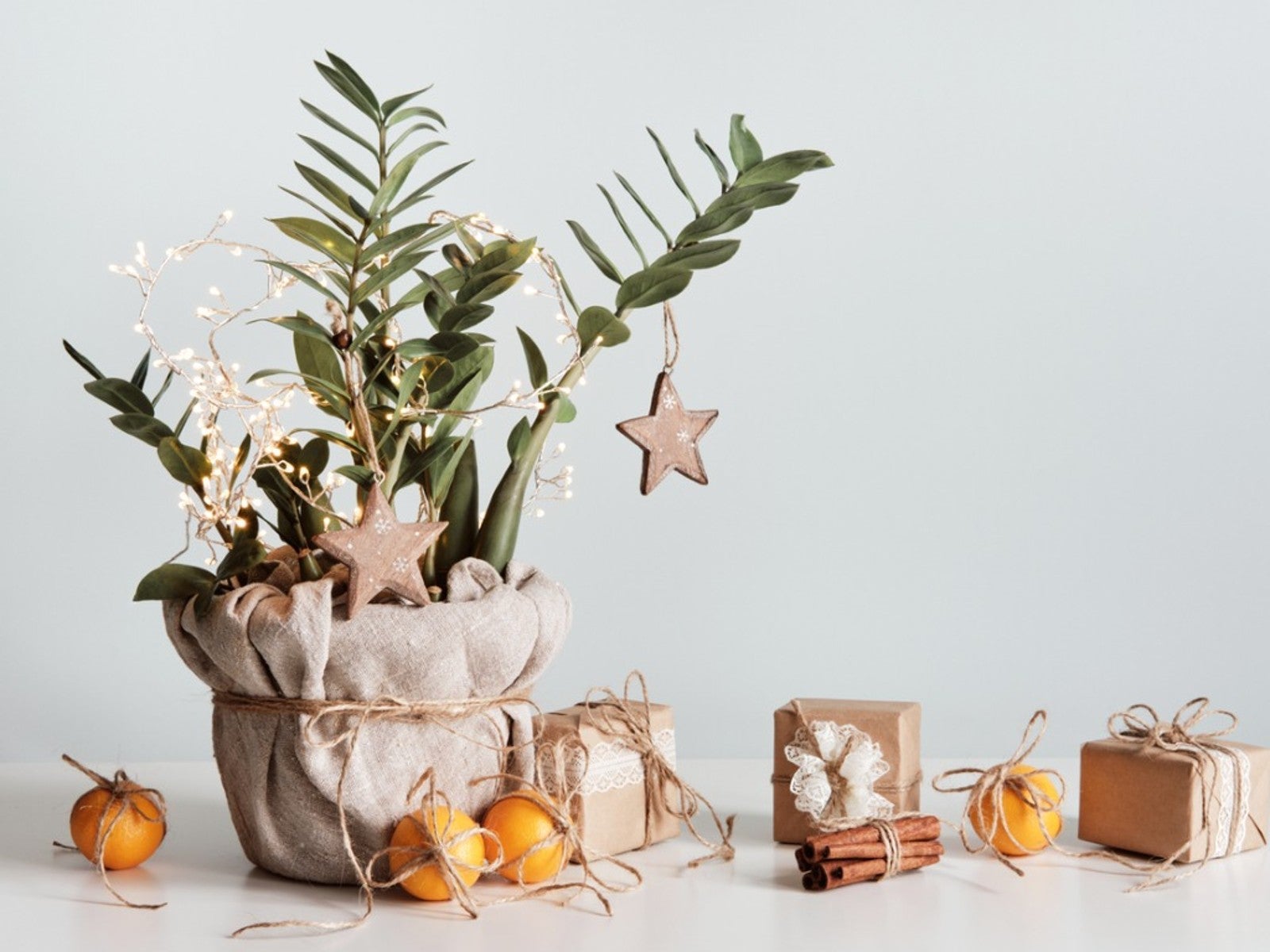 Best Christmas Houseplants And Plants For Winter Holidays
Best Christmas Houseplants And Plants For Winter HolidaysClick here for an idea of the best houseplants to use for holiday décor for Christmas, Hanukkah, Kwanzaa, and New Year’s.
By Laura Miller
-
 Best Big Houseplants To Create An Indoor Oasis
Best Big Houseplants To Create An Indoor OasisIf you have the space you may want to grow some large houseplants. Here are some ideas.
By Mary Ellen Ellis
-
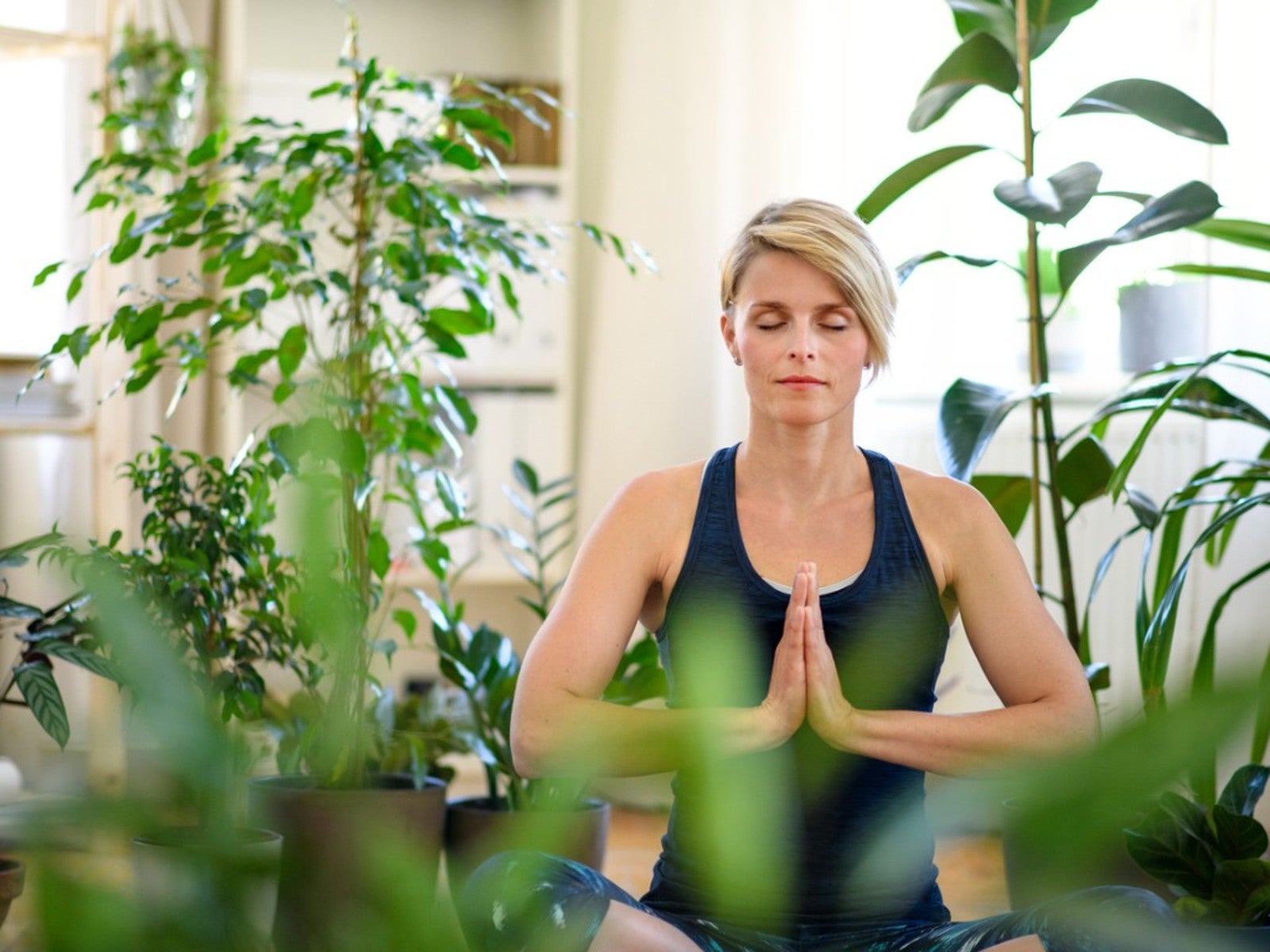 Relaxing Plants To Grow Indoors For A Calmer Mind
Relaxing Plants To Grow Indoors For A Calmer MindAre there houseplants that can help you to relax? Click here to find out.
By Laura Miller